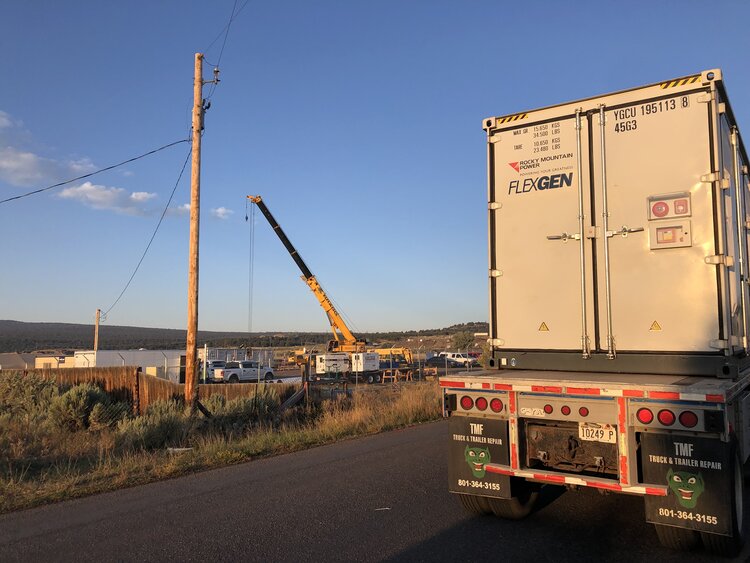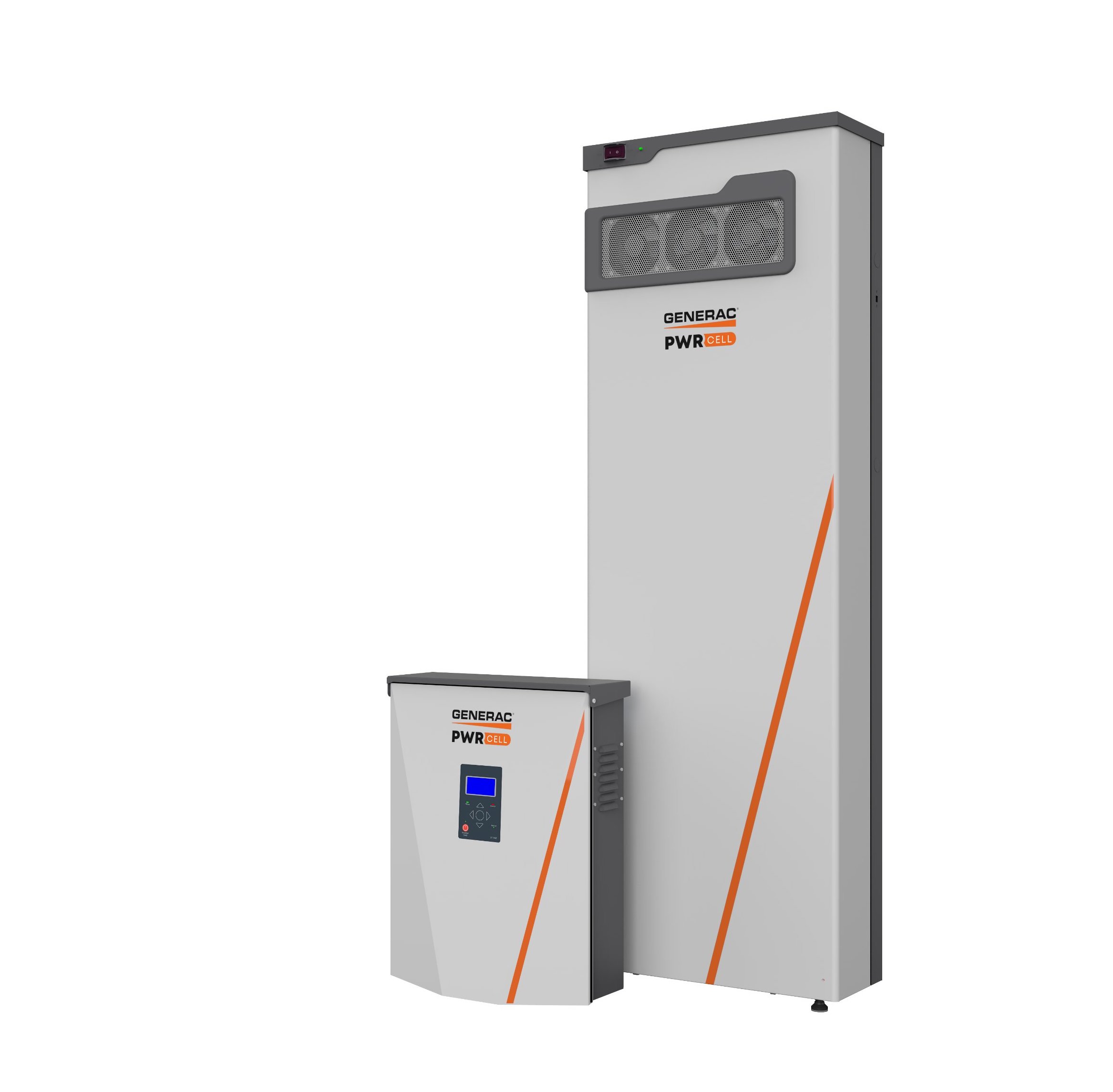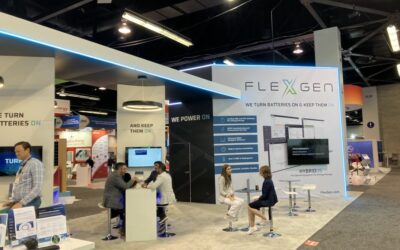
15 July 2020: FlexGen helps utility Vistra avoid costly transmission upgrades at Utah tourist town
FlexGen has publicly announced details of a 1MW / 5MWh solar-charged battery storage system it installed last year to help the electric system in a tiny Utah town cope with surging electric demand in summer as tourists arrive.
Enjoy 12 months of exclusive analysis
- Regular insight and analysis of the industry’s biggest developments
- In-depth interviews with the industry’s leading figures
- Annual digital subscription to the PV Tech Power journal
- Discounts on Solar Media’s portfolio of events, in-person and virtual
Panguitch, Utah, has only 1,500 residents but thousands of visitors come through each year on their way to nearby Bryce Canyon National Park. When air conditioners go on in tourist season afternoons, electric surges can cause lights to flicker or even power to go off.
In a small-scale example of how expensive transmission network upgrades can be avoided with the installation of battery storage, FlexGen put the system at the end of a radial transmission line. It is charged from onsite AC-coupled solar PV but also connected to the grid, and was ordered by utility Pacificorp.
The lithium-ion battery system uses North Carolina-headquartered FlexGen’s energy management system (EMS), HybridOS. When surges hit the grid, the EMS tells the battery to dispatch power to the network, preventing interruptions in power quality or supply. FlexGen claimed the battery-plus-solar solution is not only less polluting that fossil fuel alternatives but is actually cheaper.
By adding a battery at the end of its radial transmission line, the local utility installed a shock absorber that provides consistent power when demand is highest – during storms, peak energy times and tourist season. The battery system also serves as an electric sponge, smoothing out power quality issues to provide cleaner power for the community,” FlexGen CTO and executive VP of engineering Pasi Taimela said.
Taimela added that the company is seeing “increased interest in energy storage systems in areas needing to shore up their power supply”.
“It’s a great investment for utilities that want to avoid costly infrastructure and for coastal utilities who deal with natural disasters like wildfires and hurricanes.”
FlexGen recently completed a project in Indiana where lithium-ion batteries are used to black start a 77MW natural gas plant.
This article has been amended from its original form to reflect that FlexGen’s utility customer for this project was Pacificorp, not Vistra Energy, as originally reported.

15 July 2020: Generac prepares home storage systems to go into grid services participation
US-based standby generator company Generac, a recent entrant into the home energy storage market, looks to further its ability to provide grid services to utilities through partnering with software company Virtual Peaker.
Generac’s PWRcell home storage systems launched in 2019, configurable in modular blocks from 8.6kWh capacity up to 34.2kWh, touted as among the largest available on the market today. Adding to a distribution and service agreement partnership with Sunnova, Generac has now signed a licensing agreement with cloud-based distributed energy management platform provider Virtual Peaker which can offer real-time optimisation of batteries and their interaction not only with household energy and home solar arrays but also with the grid.
The pair are already working together for specific utility programmes in with Green Mountain Power in Vermont and in Portland General Electric in Oregon. The latter programme launched recently and is a virtual power plant (VPP) aggregating residential storage systems.
The announcement appears to be well-timed, with US regulator FERC set to open up wholesale markets in the service territories of regional transmission operators (RTOs) and independent system operators (ISOs) to distributed energy storage via the enactment of FERC Order 841.
12 July 2020: Delta Electronics storage systems now included in Energy Toolbase
In another just-announced storage system provider-meets-software partnership, Energy Toolbase and Delta Electronics are teaming up on a “collaboration and integration” play.
Software platform company Energy Toolbase offers products for solar-and-storage system modelling, energy storage system control and asset monitoring. The sales and modelling platform will now include energy storage system products from Delta Electronics, allowing developers using the Energy Toolbase kit to assess the economic value proposition of Delta products alongside solutions from other providers.
Meanwhile Delta’s energy storage systems will also be offered to customers with optional integration of the Energy Toolbase intelligent Energy Management System (iEMS). Energy Toolbase said the iEMS uses machine learning to optimise the dispatch of battery storage to maximise savings, while offering the Delta energy storage hardware with integrated software optimisation capabilities enables a simplified, preconfigured and end-to-end procurement process for developers that use the Energy Toolbase modelling suite.
The pair are already working on four energy storage projects, including a 100kW / 220kWh system in New Mexico which is currently undergoing its commissioning. Delta’s energy storage solutions come with integrated bi-directional power conditioning system (PCS) technology scalable up to 500kW and grid-tied energy storage system (ESS) scalable up to 2,000kWh capacity.






